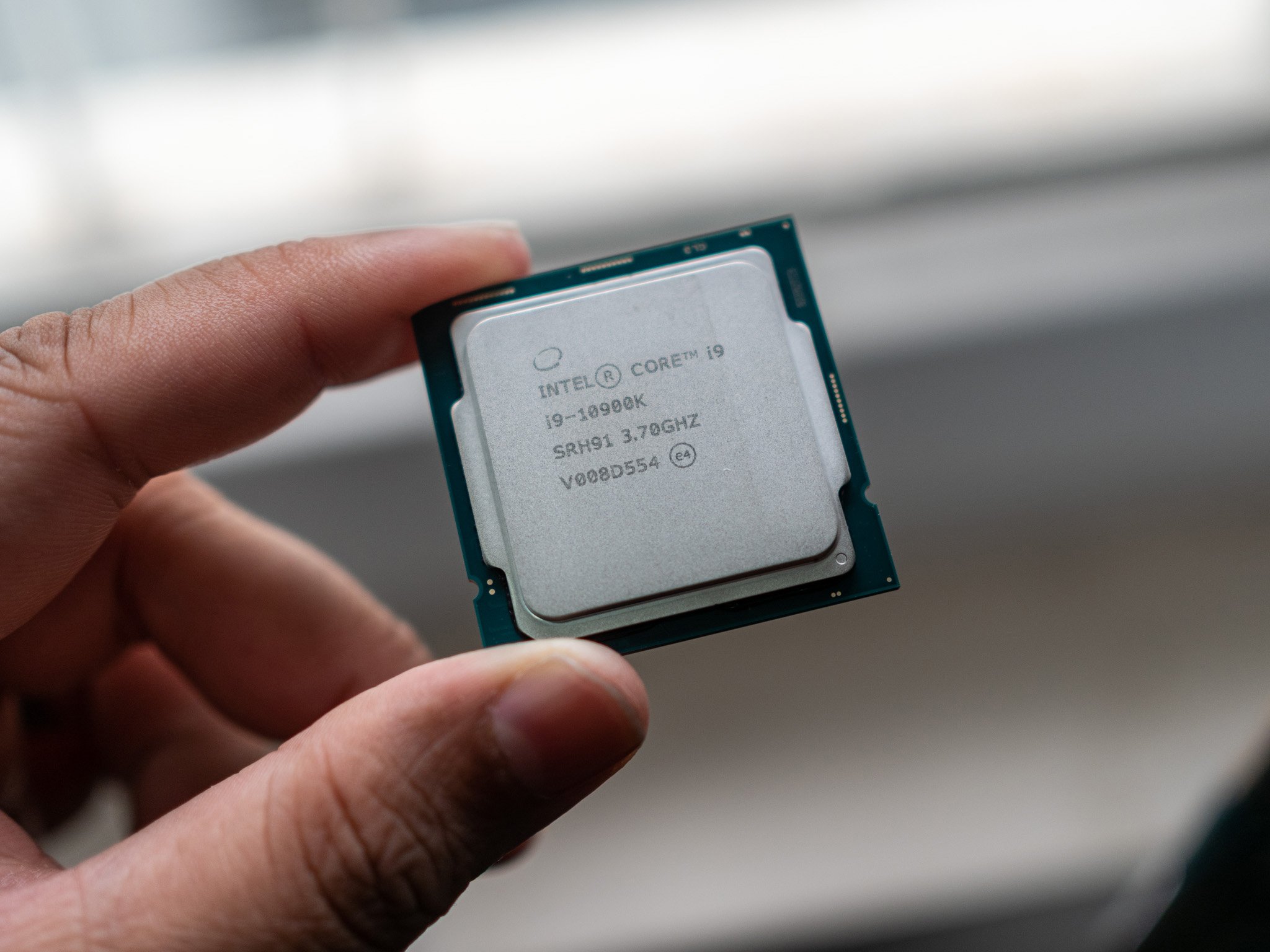Intel debuted the Comet Lake microarchitecture in 2019 with low-power designs in the Comet Lake-U series, and followed it up with Comet Lake-H for notebooks earlier this year. But we're interested in the desktop side of things, and Intel rolled out a slew of exciting options in the Comet Lake-S series two months ago.
A particular standout is the Core i9-10900K, a 10-core 20-thread CPU that Intel is dubbing the world's fastest gaming processor. That's a bold statement coming from Intel, because in the last two years all the momentum in the enthusiast segment has been on AMD's side. AMD's resurgence caught Intel off-guard, and to make matters worse, Intel struggled to make any meaningful headway in shifting to a 10nm node.
So, like Coffee Lake and Kaby Lake, Comet Lake is a derivative of the 14nm Skylake architecture. With AMD leading the way with the 12-core Ryzen 9 3900X and 16-core 3950X — with both designs built on the 7nm node — Intel has its work cut out in this category. So should you pick up the Core i9-10900K or stick with AMD? That's what we're here to find out.
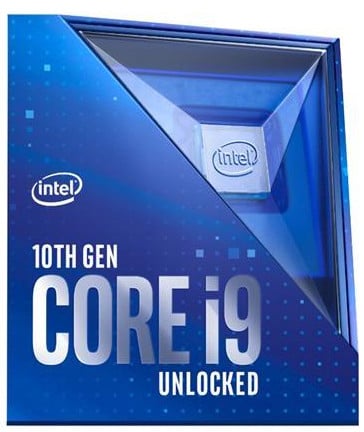
Bottom line: The Core i9-10900K delivers outstanding gaming performance and holds its own in single-core workloads. With 10 cores and 20 threads and a boost frequency that goes all the way up to 5.3GHz, this is one of the fastest processors Intel has introduced to date. If you're interested in a high-end processor for gaming, the Core i9-10900K is the one to beat.
For
- 10 cores and 20 threads
- Unlocked multiplier
- Outstanding gaming performance
- Better thermal performance than predecessors
- Excels at single and multi-threaded workloads
Against
- LGA1200 socket needs new motherboard
- No PCIe 4.0
- High power consumption
- No cooler bundled in the box
Intel Core i9-10900K Specs
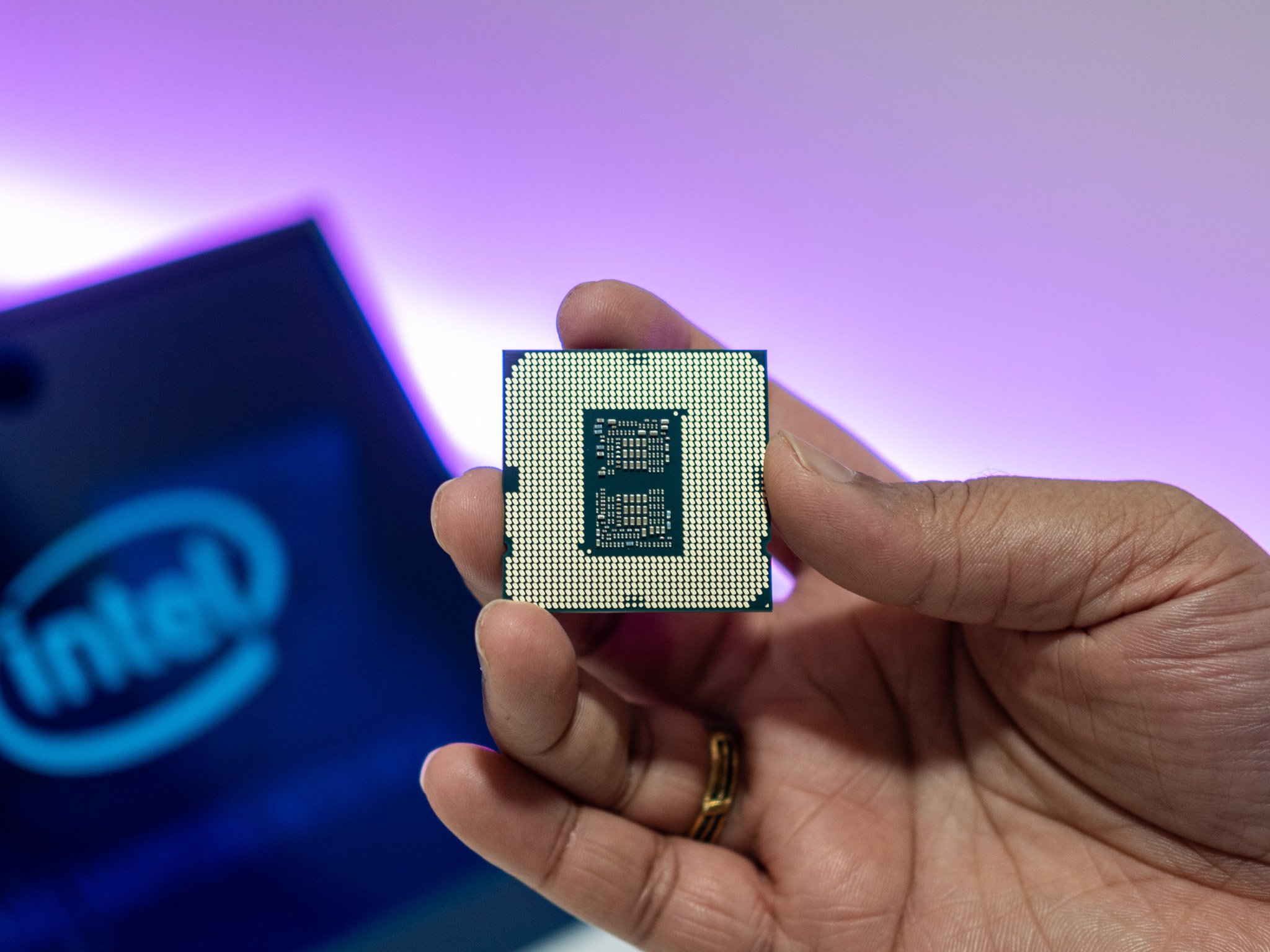
The Core i9-10900K is one of the most powerful CPUs Intel has introduced in its mainstream lineup to date. You get a base frequency of 3.7GHz, and it goes up to 4.8GHz for all cores via Turbo Boost 2.0. Intel is using Turbo Boost Max 3.0 to be able to run two cores at 5.20GHz, and there's now a Thermal Velocity Boost (TVB) boost algorithm that lets you hit 4.9GHz on all cores and 5.3GHz for a single core in short bursts. The caveat here is that TVB only works if the chipset is running at under 70°C.
Intel does not provide a cooler in the box, and you will have to use an aftermarket solution with the Core i9-10900K. Although the chip has a TDP of 125W, in most usage scenarios you'll see power shooting up to twice that figure. Here's the hardware on offer with the Core i9-10900K:
| Category | Intel Core i9-10900K |
|---|---|
| Cores/Threads | 10/20 |
| Base Frequency | 3.7GHz |
| Turbo Boost 2.0 | 4.8GHz (all cores) |
| Turbo Boost Max 3.0 | 5.2GHz (two cores) |
| Thermal Velocity Boost | 5.3GHz (single core)4.9GHz (all cores) |
| Integrated Graphics | Intel UHD Graphics 630 |
| Memory | DDR4-2933 |
| TDP | 125W |
| L3 Cache | 20MB |
| Manufacturing Node | 14nm |
| Socket | LGA1200 |
Intel Core i9-10900K Comet Lake-S overview
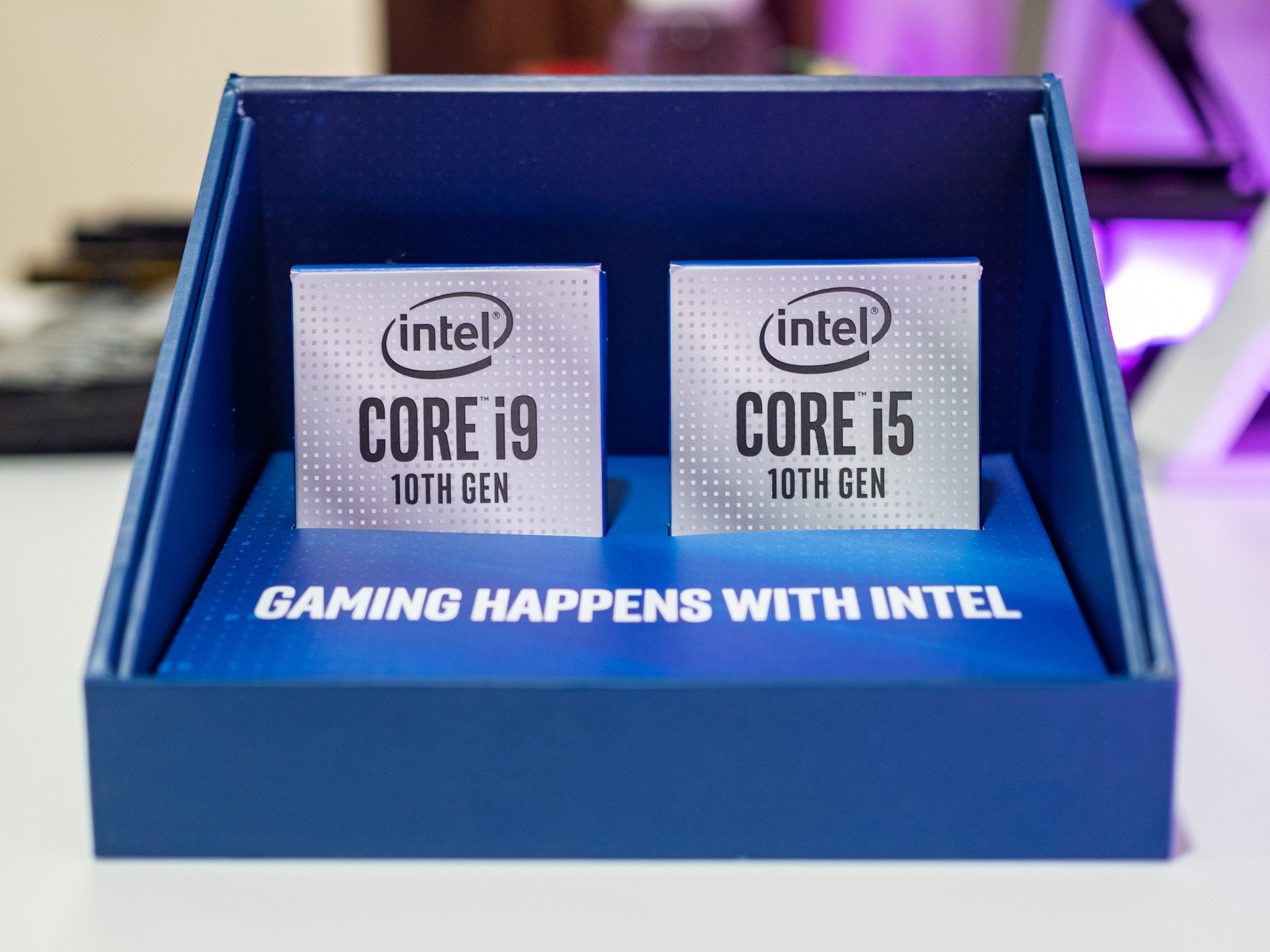
Intel has 32 distinct SKUs in the Comet Lake-S series, and that's because each design is available in various flavors. Intel is targeting a wide range of customers with its offerings in the 10th-gen series, and the result is that you'll find a decent selection of parts in the Core i9, i7, i5, i3, Pentium, and Celeron series. Here's the breakdown:
- K: Unlocked design with integrated graphics
- KF: Unlocked design without integrated graphics
- No suffix: Regular model with integrated graphics — no overclocking here
- F: Regular model without integrated graphics
- T: Low-power option
The high-end tier sees the i9-10900K with 10 cores and 20 threads, and there's also a Core i7-10700K with eight cores and 16 threads. The 10700K has a base frequency that goes up to 3.8GHz, and boost of up to 5.1GHz.
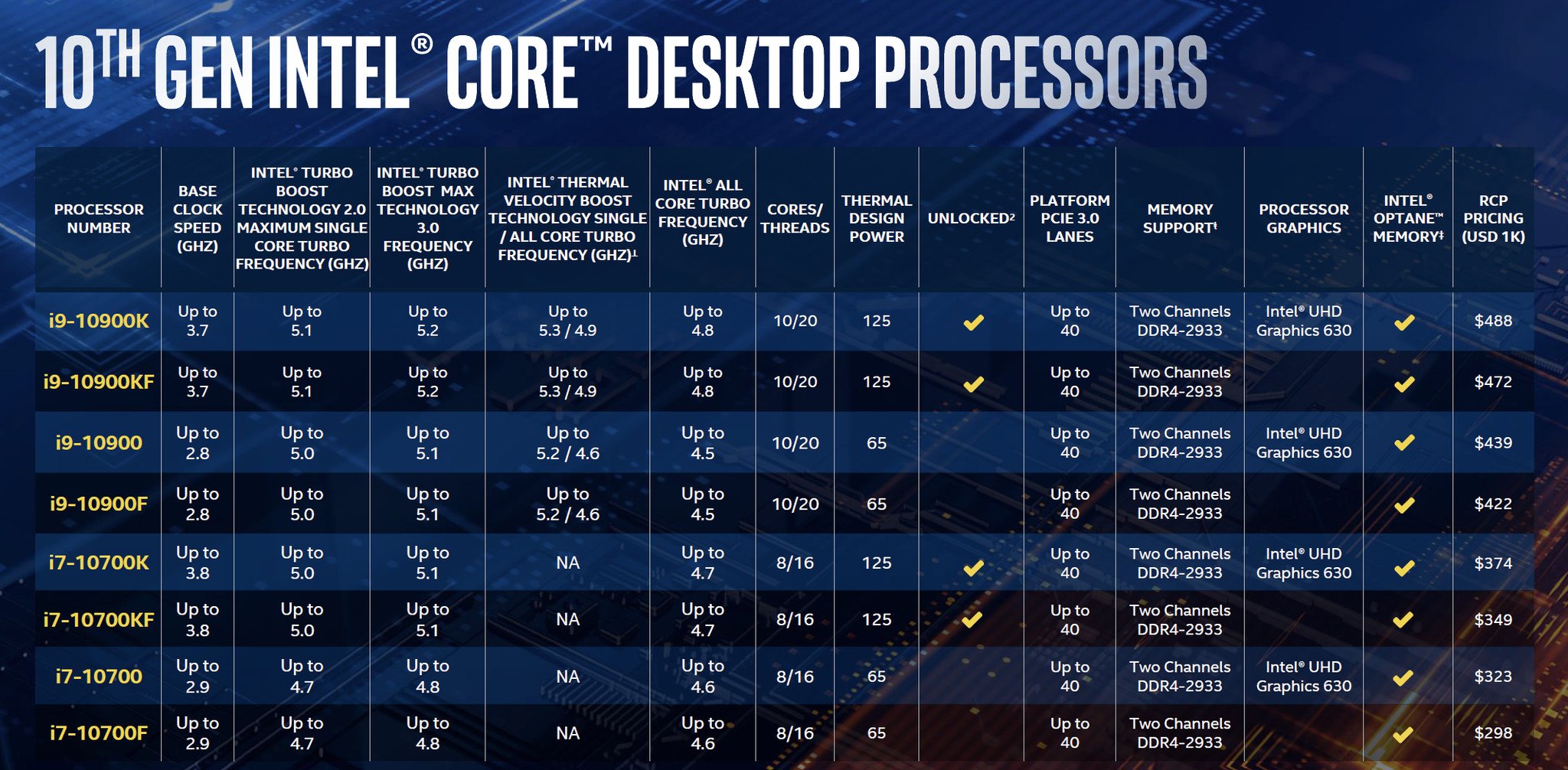
The Core i5-10600K is particularly interesting as it offers the ideal balance between value and performance. With six cores and 12 threads, base frequencies of 4.1GHz and 4.8GHz boost, there's plenty to like here. Similarly, the Core i3-10300 is a decent value.
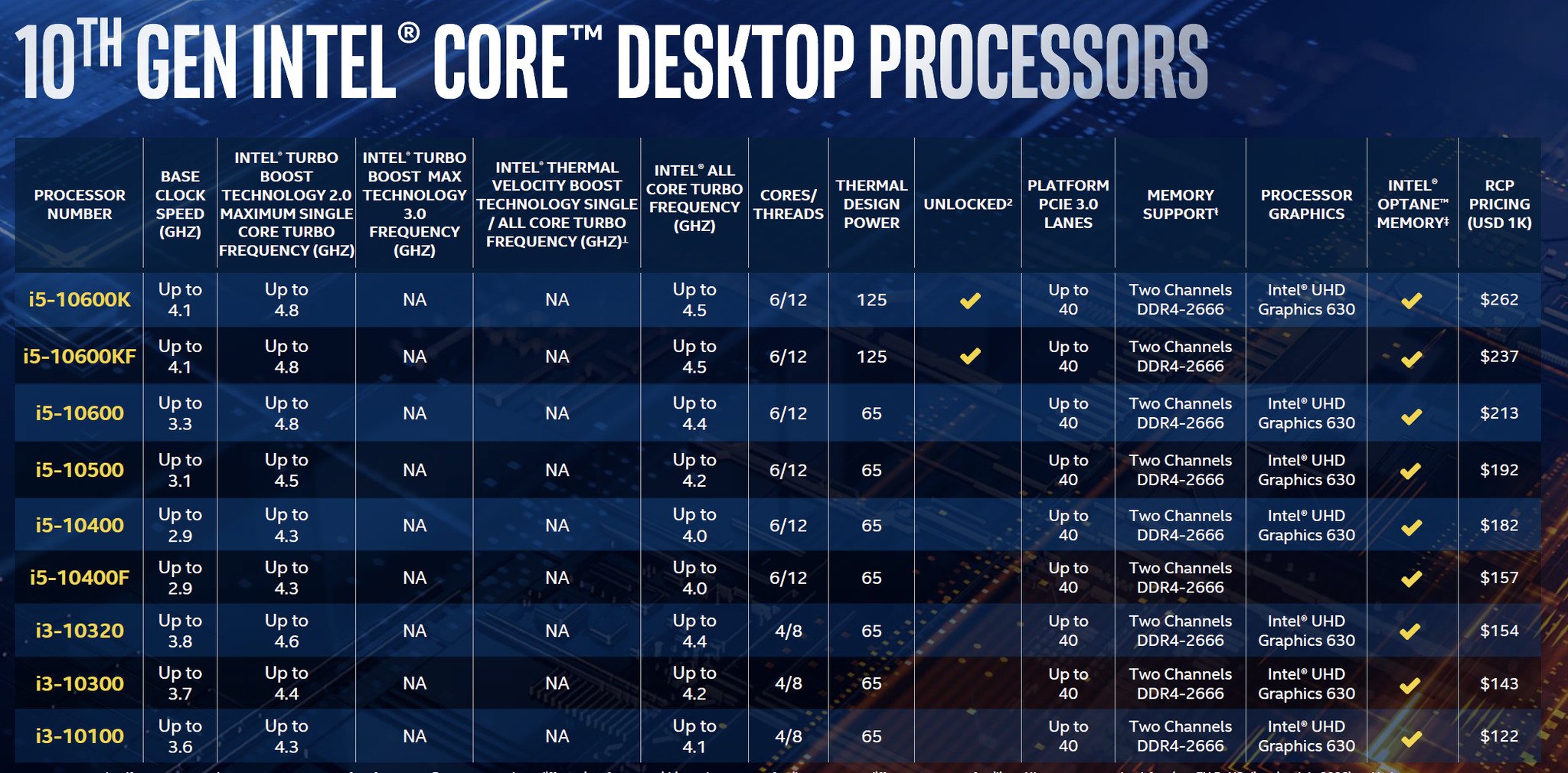
Rounding out the list is the Pentium and Celeron offerings, and we're seeing better value here over previous generations.
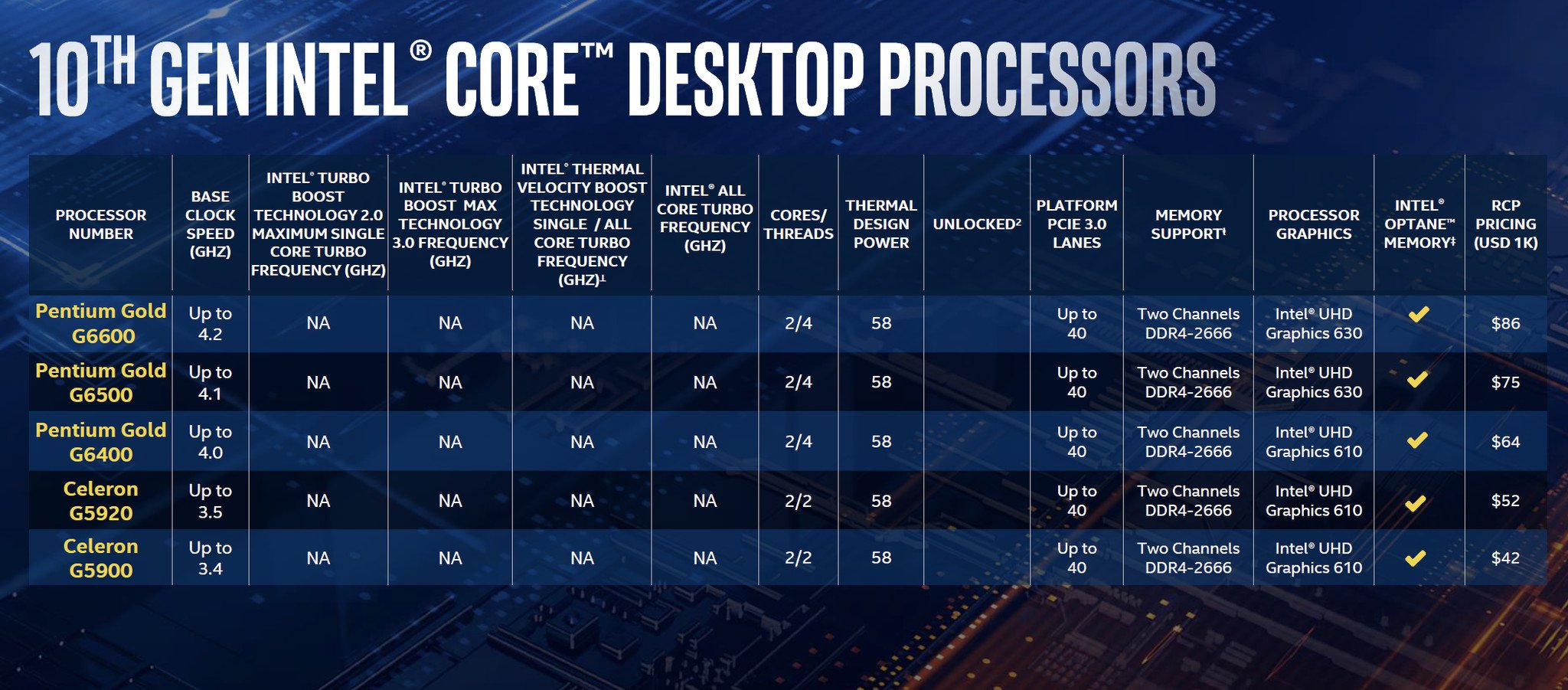
Intel is offering low-power T designs across its portfolio, and while the TDP of the Core i9-10900T is listed at 35W, it is likely to be significantly higher than that when in turbo mode.
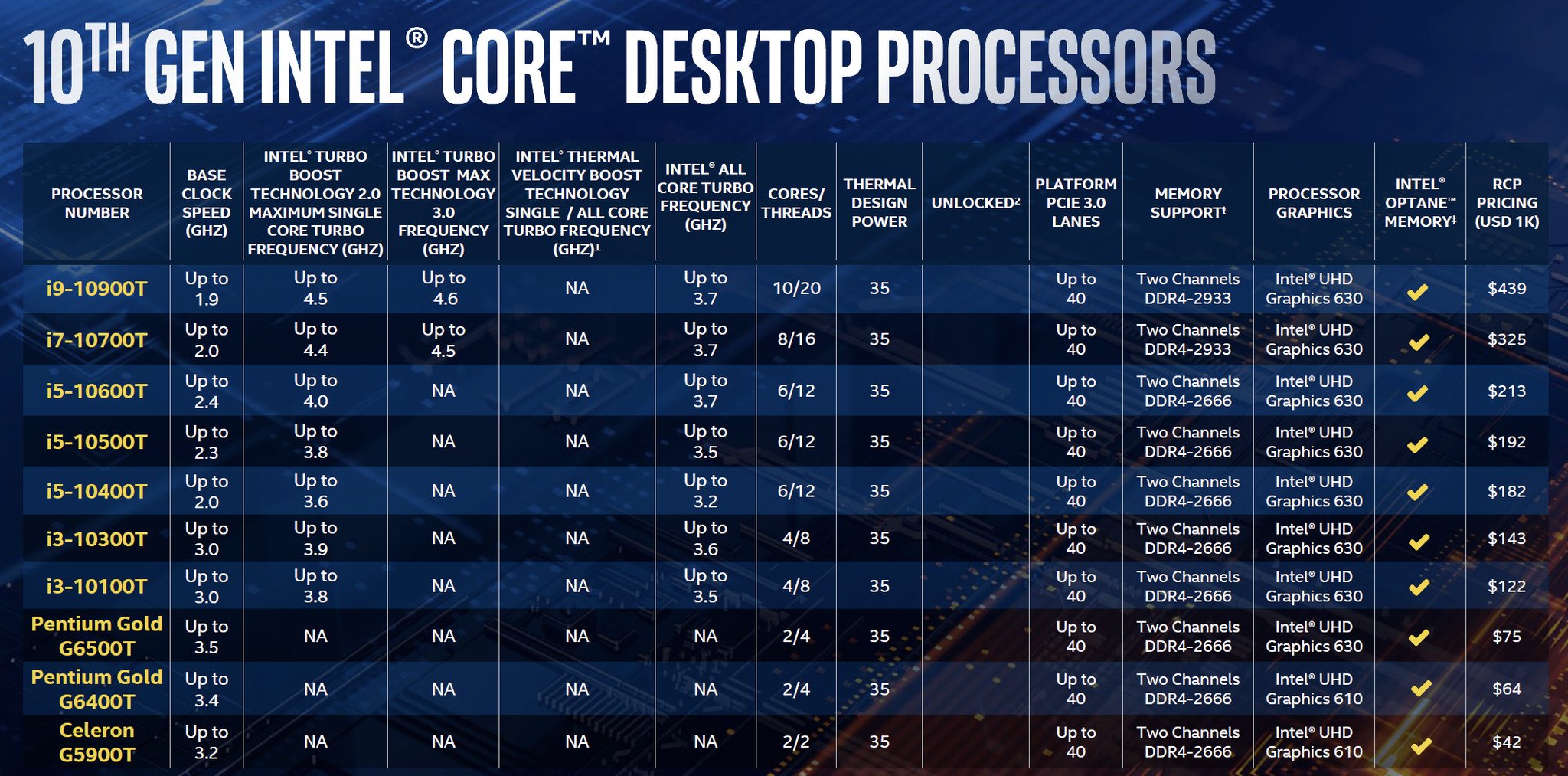
One good point is that hyperthreading is standard across all parts in the Comet Lake-S series. Intel also added more cores, threads, and L3 cache to make the higher-end products that much more enticing, and positioned the mid-tier and lower-end products at more affordable price points versus previous generations. It's evident that AMD's strong showing over the last two years was the driving force behind these moves, but the good news is that the Comet Lake-S series has plenty to offer across various price tiers.
Intel is betting on more cores and higher frequencies to deliver better performance.
An interesting change with Comet Lake-S designs is the use of a thinner die and a thicker heatspreader, with Intel now using a solder thermal interface material (STIM) to manage thermals more effectively. There's also the option to adjust hyperthreading settings for each individual core.
Intel still doesn't have enough volume of its 10nm node to be able to meet the demands of its desktop CPUs, and that's why the Comet Lake-S designs are based on the 14nm++ Skylake architecture. The 14nm design is clearly showing its age at this point — Skylake debuted five years ago — and Intel is basically adding more cores and increasing frequencies to satiate customers with every new release. There are no significant gains in IPC, but Intel is betting on the higher frequencies to deliver better performance over 9th-gen designs.
This time around, Intel added more pins to the LGA1151 socket to handle the increased power requirements of the Comet Lake-S designs, and called it the LGA1200. So if you are looking to pick up any of Intel's 10th-gen parts, you will have to buy a new motherboard as the Coffee Lake and Kaby Lake boards based on the Z390, Z370, and Z270 chipsets do not work with Comet Lake-S. The one upside is that coolers based on the LGA1151 socket will work just fine on LGA1200.
Intel Core i9-10900K Performance
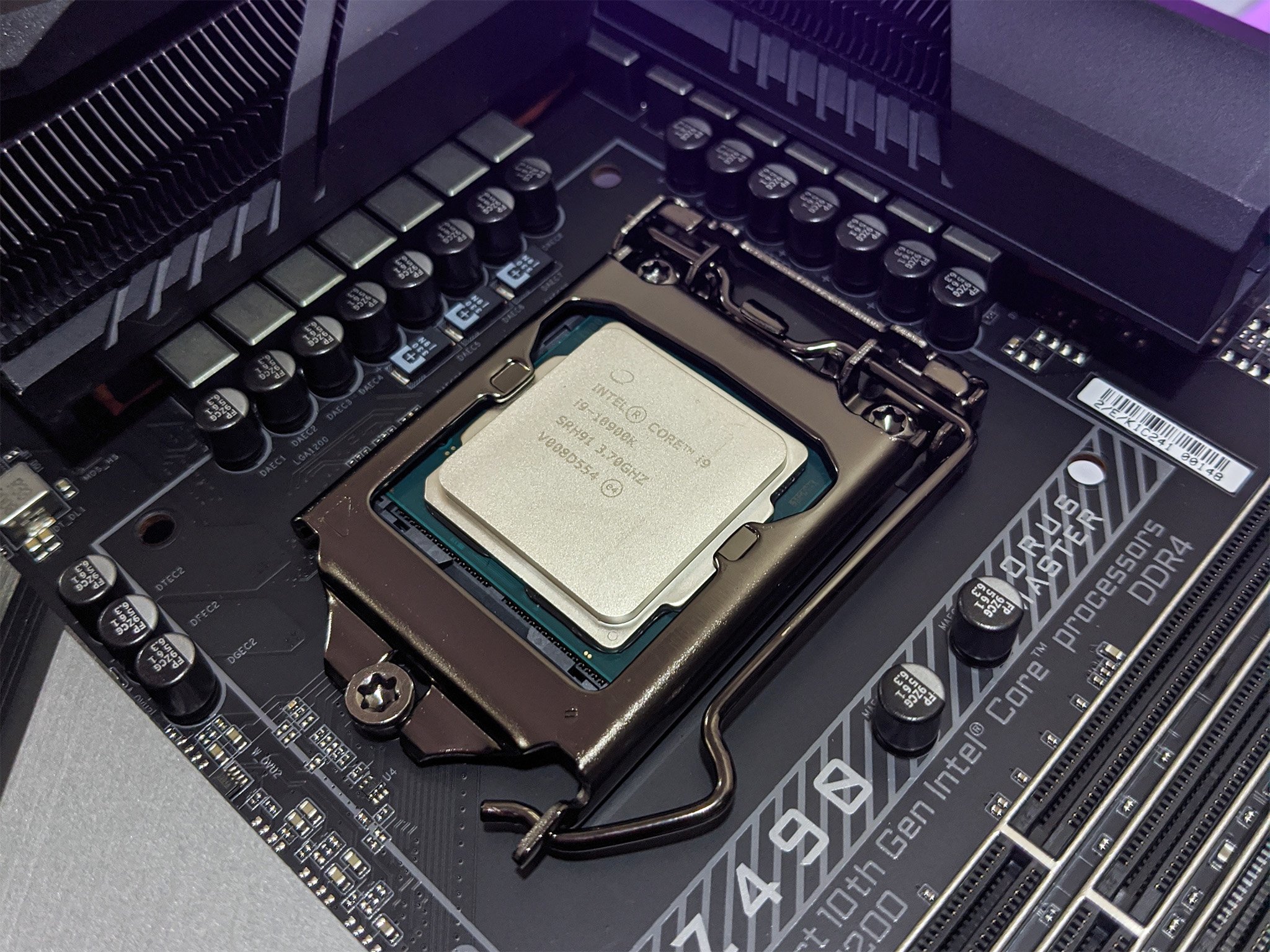
The Core i9-10900K is billed as the world's fastest gaming processor, and that particular claim holds up in real-world use. With Intel not quite holding its own in the high-end segment against AMD's Ryzen 9 3900X in terms of value, it focused on gaming being the differentiator with the Core i9-10900K.
| Category | Intel Core i9-10900K |
|---|---|
| Chipset | Intel Core i9-10900K |
| Motherboard | Gigabyte Aorus Z490 Master |
| Cooling | Corsair iCUE H115i RGB Pro XT |
| Memory | 4 x 8GB Corsair Vengeance Pro (DDR4-3000) |
| Storage | 1TB Samsung 860 QVO |
| Graphics | NVIDIA GeForce RTX 2080 FE |
| PSU | Corsair RM850x |
The Core i9-10900K also fares very well against the Ryzen 9 3900X for single- and multi-threaded workloads. I'm going to focus on how the i9-10900K performs against the 3900X and Intel's last-gen i9-9900K. Starting with Cinebench R20, the 10900K fared 9% better than the 9900K, and 5% better than the 3900X in single-core scores. Because the 3900X has 12 cores, it netted a stronger score in multi-core testing, outmatching the 10900K by 18%. The 10900K still pulled ahead of the 9900K by 15%.
The Core i9-10900K delivers outstanding gaming and single-core performance.
In most multi-threaded synthetic tests, the 3900X scores 10% to 20% higher than the 10900K, with the 10900K in turn edging out the 9900K by a similar margin. There are isolated tests like Photoshop where the 10900K pulls ahead because of its strong single-core performance, but in most cases the 3900X is still in the lead.
The gaming performance is where the Core i9-10900K comes into its own. You'll see better performance across the board at 1080p and 1440p resolutions, with minor gains at 4K. The 10900K consistently delivers up to 10% better frame rates over the 3900X at 1080p, with that number coming down to 7% at 1440p.
Of course, the performance in this category is reliant on the GPU you use. For the best results, use one of the best graphics cards you can afford. If you are eyeing the Core i9-10900K you're interested in a high-end build, and NVIDIA's RTX 2080 is still a decent choice in 2020.
While the 10900K has a big lead when it comes to gaming, Intel doesn't come close to AMD in performance-per-watt figures. The 3900X goes up to 140W under load, and because of the higher frequencies of the 10900K, it will go as high as 250W. As stated earlier, the only way for Intel to deliver better figures while still on the 14nm node was to boost the frequencies, and that means the 10900K needs more much power than the 3900X.
Intel Core i9-10900K Competition
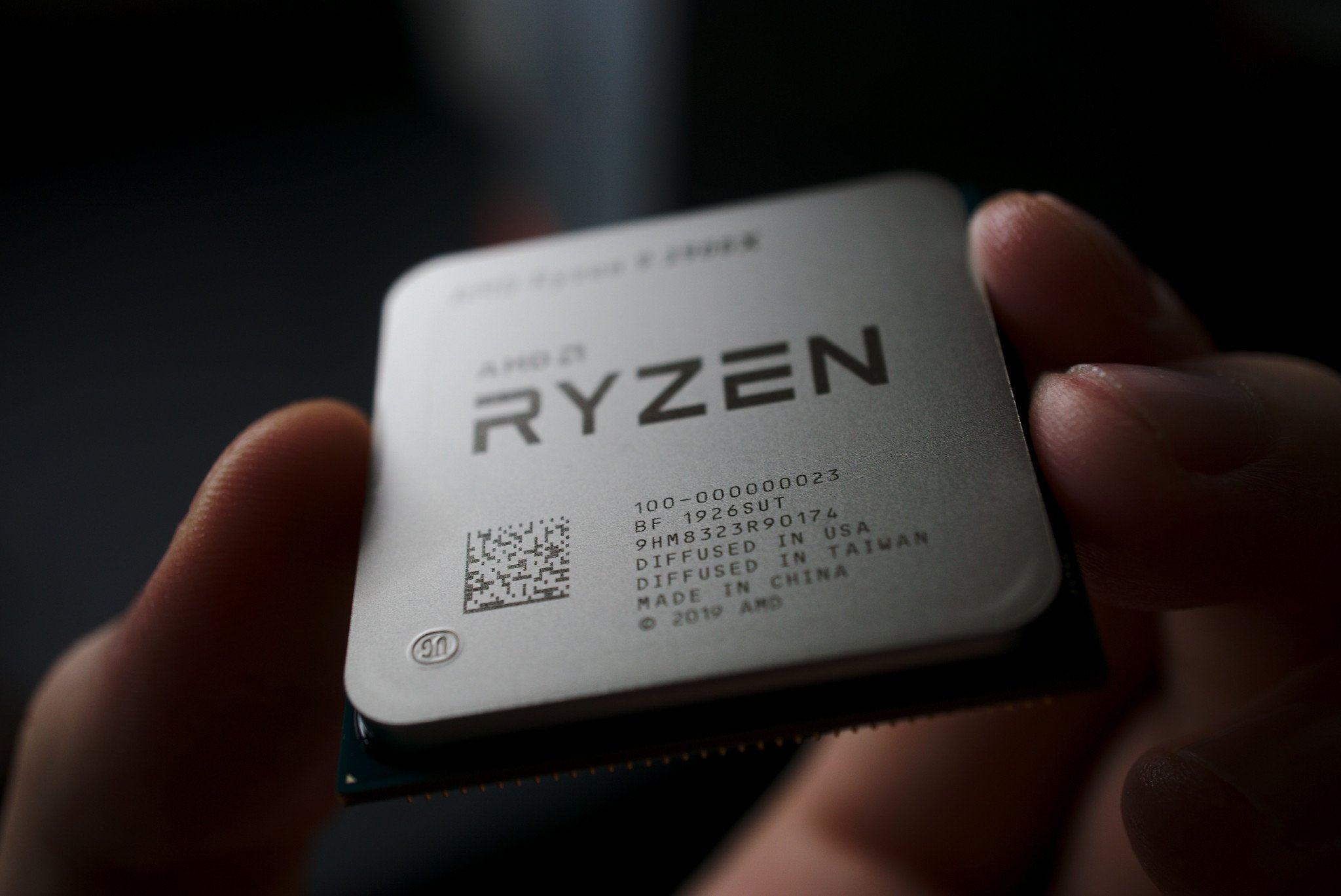
The obvious challenger to the Core i9-10900K is AMD's $430 Ryzen 9 3900X. The chip has 12 cores and 24 threads, comes with a bundled cooler, and delivers outstanding value. It has a base frequency of 3.9GHz and a boost of 4.6GHz, offers PCIe 4.0, and has better efficiency thanks to the 7nm node.
If you're looking for a more value-focused part, the $290 Core i5-10600K is a great alternative as well. You don't get the same level of performance as the i9-10900K, but it is still great for gaming. Of course, AMD's Ryzen 5 3600X gives you a similar performance for $70 less.
Intel was unchallenged for such a long time; it rested on its laurels content in the knowledge that it was in a dominant position in this segment, and AMD caught it unawares. There's also the fact that Intel's continued troubles with the shift to a 10nm and 7nm node have severely affected its product lineups.
This industry needs a duopoly because without a healthy competition chip vendors get complacent. A lot of the positive changes with Comet Lake-S were a direct result of Intel trying to meet AMD's offerings across several categories.
Intel Core i9-10900K Should you buy?
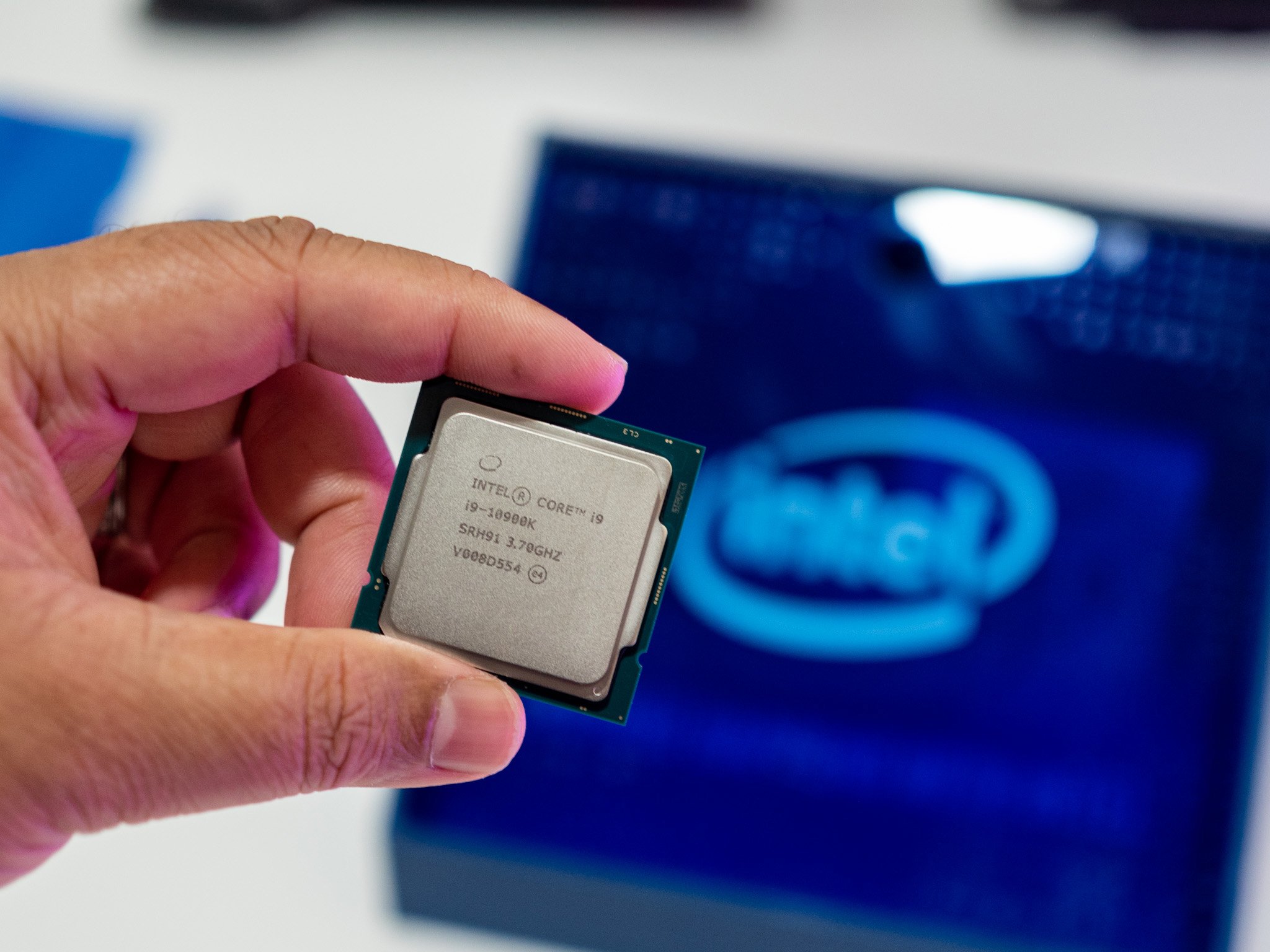
Who it's for
- If you need the best CPU around for gaming
- If you're looking for excellent single and multi-core performance
- If you want an unlocked part that's easy to overclock
Who it isn't for
- If you want to slot a new CPU into your existing build
- If you're looking for a chipset with modest power consumption
- If you need PCIe 4.0
Intel is effectively in a holding pattern once again with Comet Lake-S — the changes from last generation are evolutionary — but it managed to eke out more performance. This may well be Intel's last design on the 14nm platform before it switches to 10nm; it never intended to reuse the 14nm architecture for such a long time, but the upside is that Intel knows how to optimize the platform.
If you want the best processor for gaming, the Core i9-10900K is the way to go.
All things considered, the Core i9-10900K is a fantastic product that gets a lot right. There are sizable gains here from the 9900K, and while you will see increased power draw, there is an uptick in performance across the board. If you're looking for a high-end processor for gaming, the i9-10900K is the one to beat right now.
The increased frequencies along with improved thermal management allow the processor to outmatch AMD's Ryzen R3900X in gaming and single-threaded workloads. AMD still comes out ahead in terms of value, but if you're in the market for a high-end processor aimed at gaming, the Core i9-10900K should be at the top of your list.
Availability issues continue to plague Intel, and the result is that the i9-10900K is not available at most retailers. If you're looking to pick up the processor right now, you'll have to shell out a premium — it retailed for $500 at launch, but is now selling for $600 — or wait for it to be restocked.

The best gaming processor
The Core i9-10900K delivers outstanding gaming performance and holds its own in single-core workloads. With 10 cores and 20 threads and a boost frequency that goes all the way up to 5.3GHz, this is one of the fastest processors Intel has introduced to date. If you're interested in a high-end processor for gaming, the Core i9-10900K is the one to beat.

Harish Jonnalagadda is a Senior Editor overseeing Asia for Android Central, Windows Central's sister site. When not reviewing phones, he's testing PC hardware, including video cards, motherboards, gaming accessories, and keyboards.
